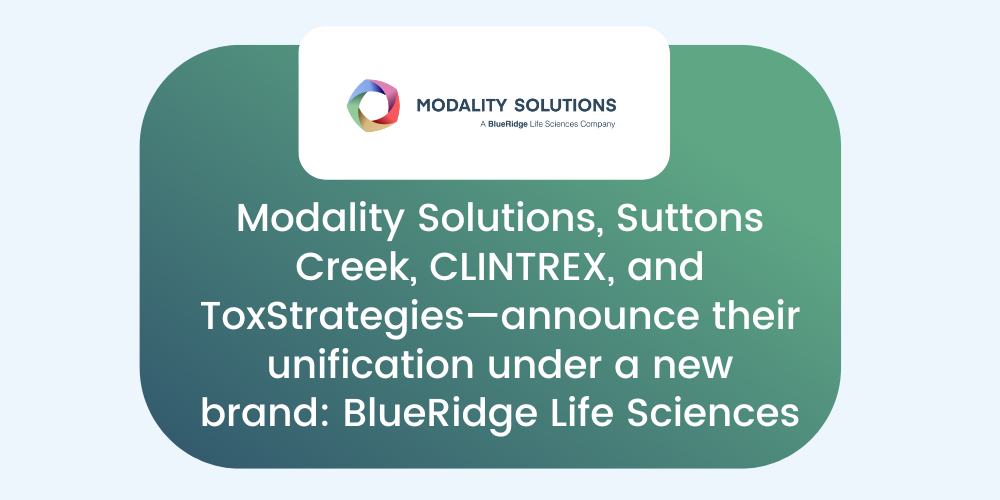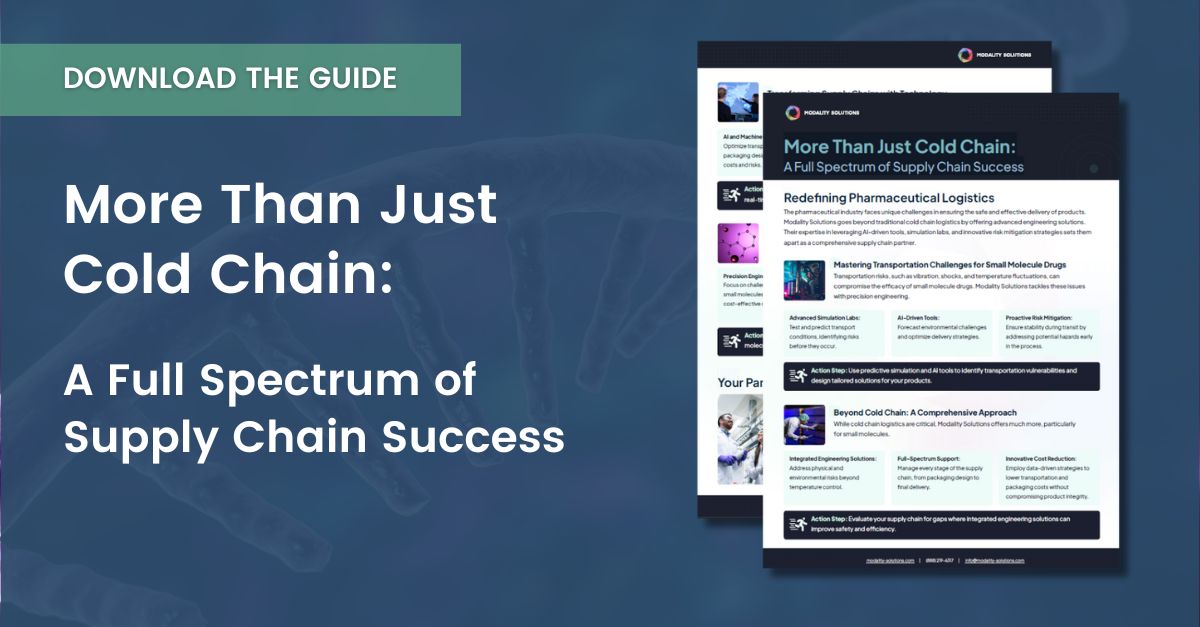The ISTA 7E Thermal Profiles and How to Make Them Work Regionally
The ISTA established a set of standard thermal profiles known as 7E using sound science and engineering. Protocols were written and followed: detailing exactly how, when, and where data was to be collected and clarifying the data analysis approach. Most importantly, the protocols explained why it was being done this way. The ISTA 7E profiles are the first profiles developed under control and with transparency.
Concerns have been voiced across the industry. By industry, I mean the pharmaceutical companies, the insulated box manufacturers and related suppliers. Many say they are not hot or cold enough to be a significant challenge or the data was only gathered in the U.S. and, therefore, can only represent a specific region.
The purpose of offering a standard is clear – standardize tribal knowledge and give an informed consumer a way of comparing offerings from different suppliers. In addition, data derived in a controlled and transparent manner can be used as part of a qualification data package by the manufacturer. What it cannot do, and was never intended to do, is to replace the performance qualification (PQ) element in order to have fully qualified shipper and supporting procedures. Suppliers that advertise a ‘pre-qualified’ solution ignore this last critical element, but can supply meaningful data if they adhere to a standard.
Because of the significant commitment of resources and skills required to generate a thermal profile, the development is no small task. Start to finish it takes about 18 months – summer and winter – to write the protocols, perform the shipments, analyze the data, and write the report. The financial commitment in shippers, temperature data loggers, and freight is significant.. Another important detail is to find locations that are willing to cooperate in returning the test shipments. In order to successfully execute the process, the ISTA 7E project required funding and cooperation from a number of the large pharmaceutical companies and UPS.
What did the program provide? A significant amount of data that has never been collected under controlled conditions like this before. The ISTA 7E profile provides a “diurnal shape” showing the effects of daytime heating and an ever-decreasing cooling trend. What should be the peaks and valleys of those diurnal cycles in other regions around the world?
For instance, when it comes to the northern European region, the concern is that the current profiles do not take into account a more severe exposure – especially in the winter, as well as the differences in how small parcel operators transfer goods. For example, fabric-sided trucks common in Europe will be colder/warmer than a solid-sided and insulated trucks used in the U.S. Without re-executing the entire 7E protocol for northern Europe, what can be done?

I propose a shipping study into northern Europe in both the summer and winter to perform “data verification.”
Data verification will not require nearly the number of data points required to build the profile the first time. Yet, when combined with the existing data, a statistically significant confidence interval can be built.
Data verification can test the validity of the ISTA 7E heat and cold profile region by region, lane by lane. Differences to the current diurnal cycles can be changed by adjusting the confidence interval. The adjusted profile could then be used as ‘regional’ ISTA 7E hot and cold profiles. In the end, profiles with different confidence intervals to the current 7E profile could represent different regions of the world — allowing the right packaging (insulated shippers) to be developed for shipment into those specific regions.
As an industry, we should build upon the existing data by using lane verification as a technique to identify and take into account regional differences. This approach would be far more cost effective and require far less resources. Most importantly, we can continue a “standards-based” methodology founded on data.
Modality Solutions’ ASTM/ISTA Testing Solutions deliver the data you need to meet regulatory requirements, avoid delays in the review process, and help bring your therapy to the commercial market successfully. Click here to learn more.






